Waltex Tea
Brewed with Tradition, Sipped with Elegance.
At Waltex, we are committed to delivering the essence of Ceylon Tea to connoisseurs worldwide. With meticulous care and expertise, we preserve its freshness and purity, ensuring that every sip resonates with the distinctive aroma and invigorating taste that have enchanted tea lovers for generations.
Whether you seek the briskness of a morning brew or the soothing calm of an afternoon infusion, Ceylon Tea promises a moment of pure bliss with every cup. Elevate your tea experience and embark on a journey of discovery as you savour the unparalleled beauty of Ceylon Tea – where tradition meets perfection, sip by sip.
Join us in celebrating the timeless allure of Ceylon Tea and let its enchanting flavors awaken your senses to the wonders of this beloved beverage. From Sri Lanka’s emerald hills to the farthest corners of the globe, let Ceylon Tea be your companion in every delightful sip.
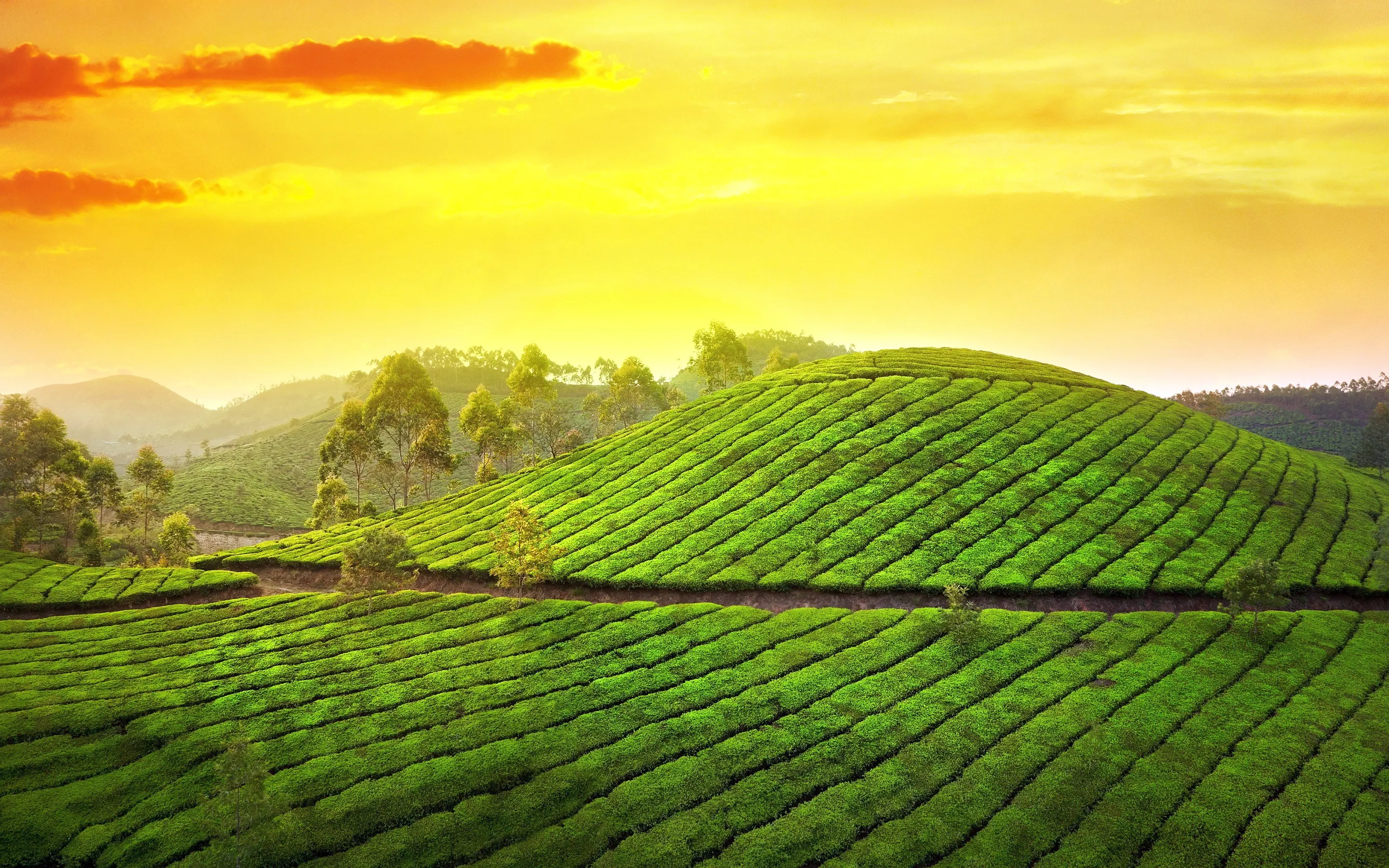
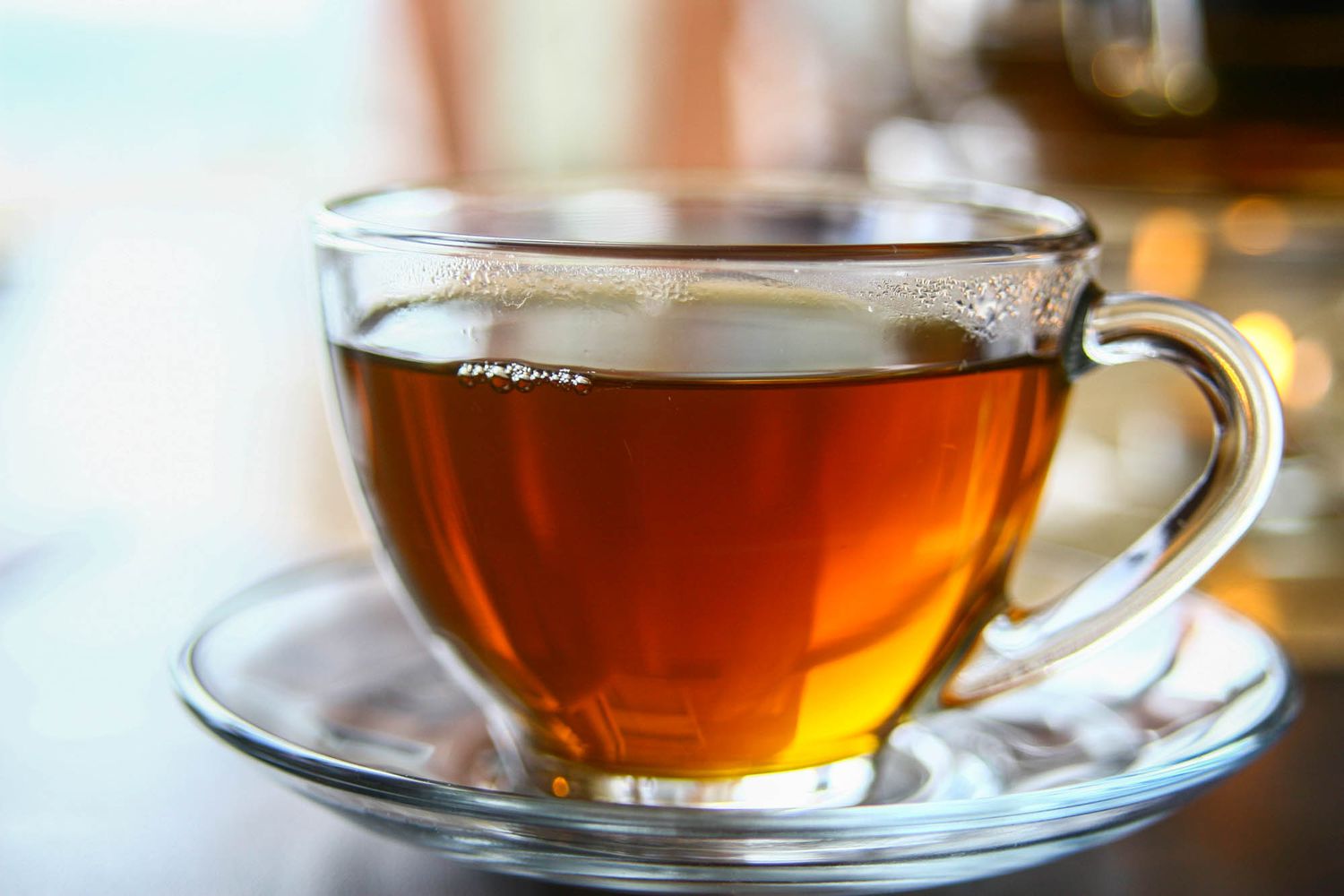
Experience the allure of Ceylon Tea, a cherished treasure cultivated amidst the lush landscapes of Sri Lanka's pristine highlands. Renowned for its exquisite flavour and rich heritage, Ceylon Tea embodies centuries of tea culture and craftsmanship, offering a sensory voyage like no other.
Each leaf tells a tale of dedication and passion, meticulously nurtured by skilled artisans across verdant tea estates. From the moment it is plucked to the instant it graces your teacup, Ceylon Tea epitomises unparalleled quality and authenticity.
Ceylon Tea Grades
Ceylon tea, renowned for its bold flavour and aromatic profile, offers a diverse range of grades to suit various preferences. From whole leaf Orange Pekoe to fine Broken Orange Pekoe Dust, each grade presents a unique character and brewing experience.
.jpeg)
Orange Pekoe (OP)
Orange Pekoe (OP) is a grade of black tea known for its large, whole tea leaves. Despite its name, it doesn't have an orange flavor. OP teas are prized for their quality and mild flavor. They're commonly used alone or in blends and have historical ties to the Dutch East India Company.

Broken Orange Pekoe (BOP)
Broken Orange Pekoe (BOP) is a grade of black tea with smaller, broken tea leaves, often used for quick brewing and strong flavour extraction, commonly found in tea bags and blends.
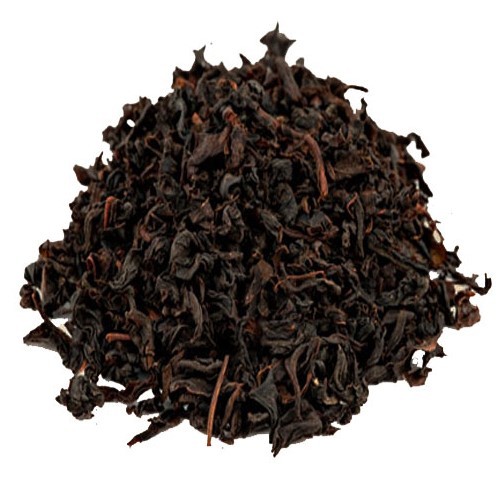
Flowery Broken Orange Pekoe (FBOP)
Flowery Broken Orange Pekoe (FBOP) is a grade of black tea with broken leaves that include some tips or buds, offering a balance between strength and delicacy in flavour, commonly used in blends and enjoyed for its versatility.
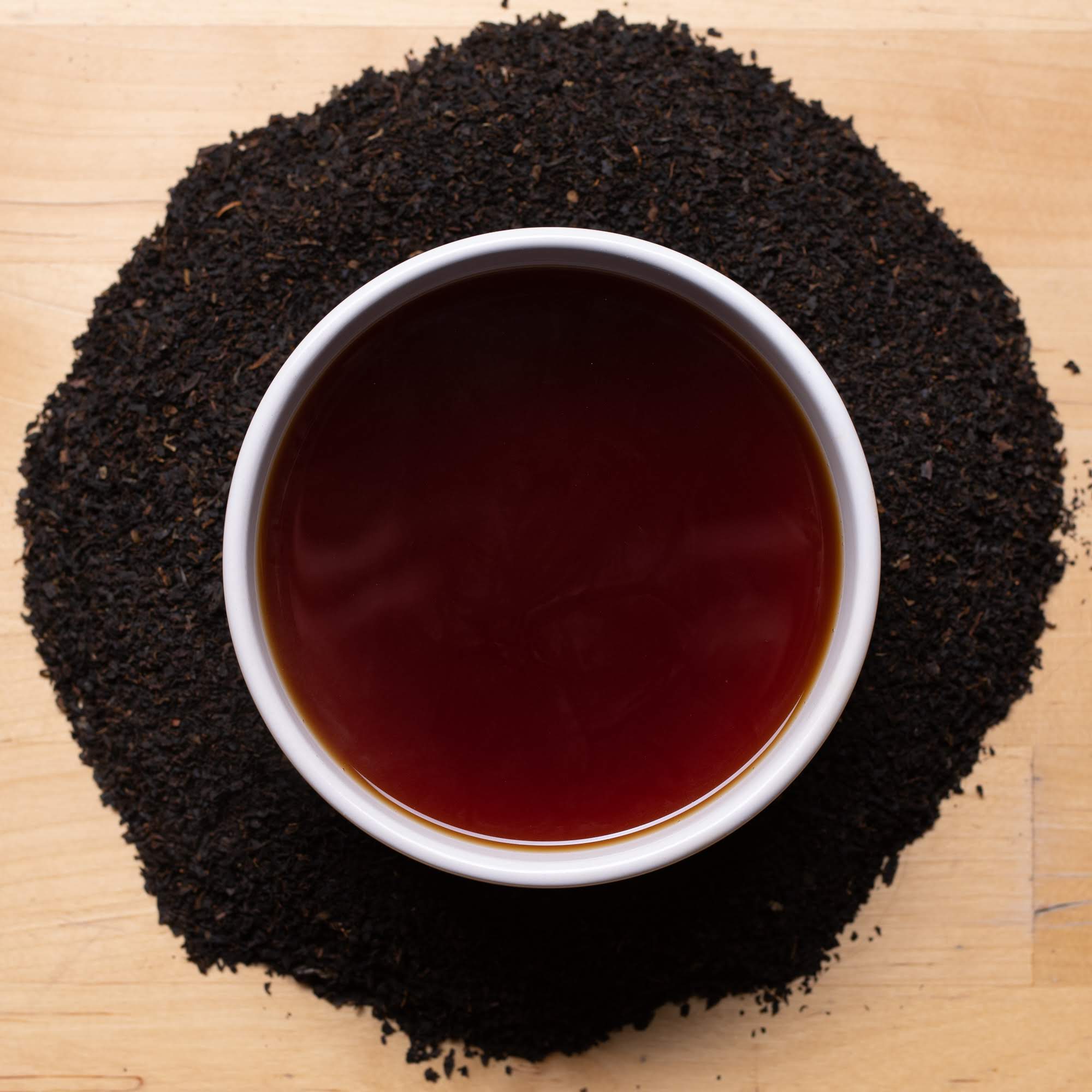
Broken Orange Pekoe Fannings (BOPF)
Broken Orange Pekoe Fannings (BOPF) denotes a grade of black tea with finely broken leaf particles, prized for their rapid infusion, strong flavor, and affordability, commonly used in tea bags and blends.
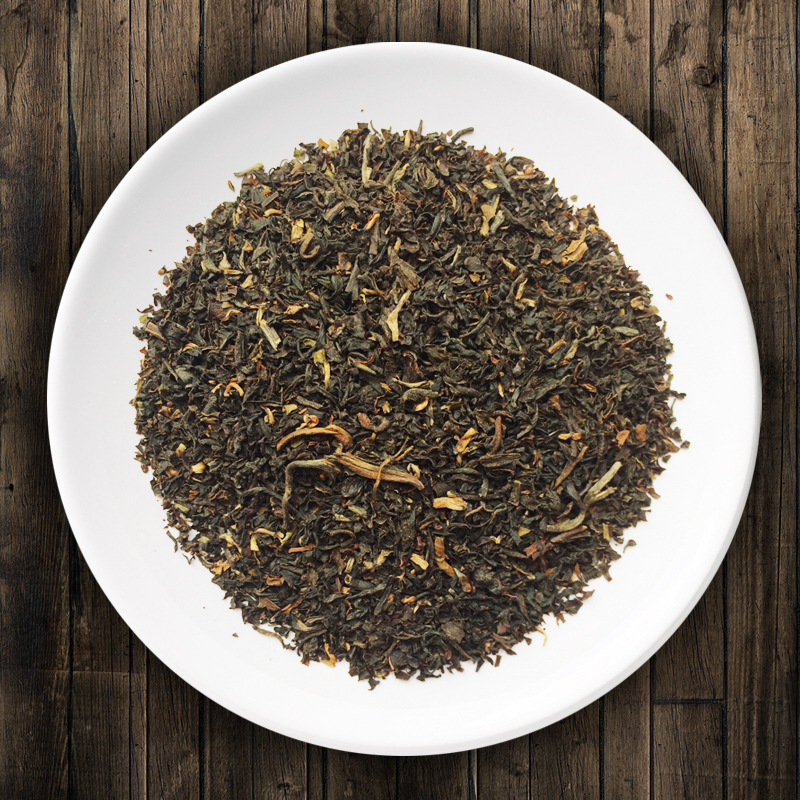
Broken Orange Pekoe Dust (D)
Broken Orange Pekoe Dust (BOPD) denotes a grade of black tea with very finely broken leaf particles, favored for their rapid infusion, strong flavor, and suitability for tea bags and instant mixes.
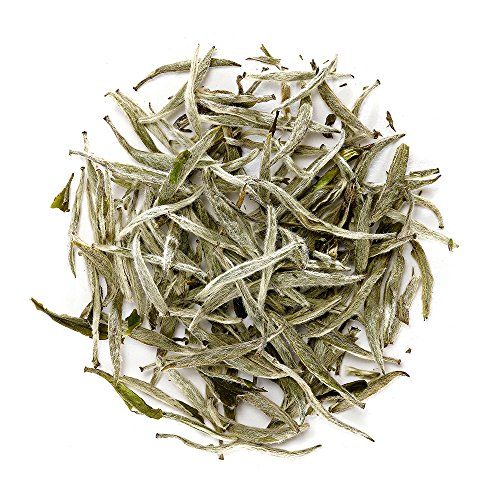
Silver Tips (Silver Needle)
Silver Tips (Silver Needle) is a highly prized variety of white tea known for its delicate flavor, exquisite appearance, and minimal processing, offering a subtle and nuanced tea-drinking experience..
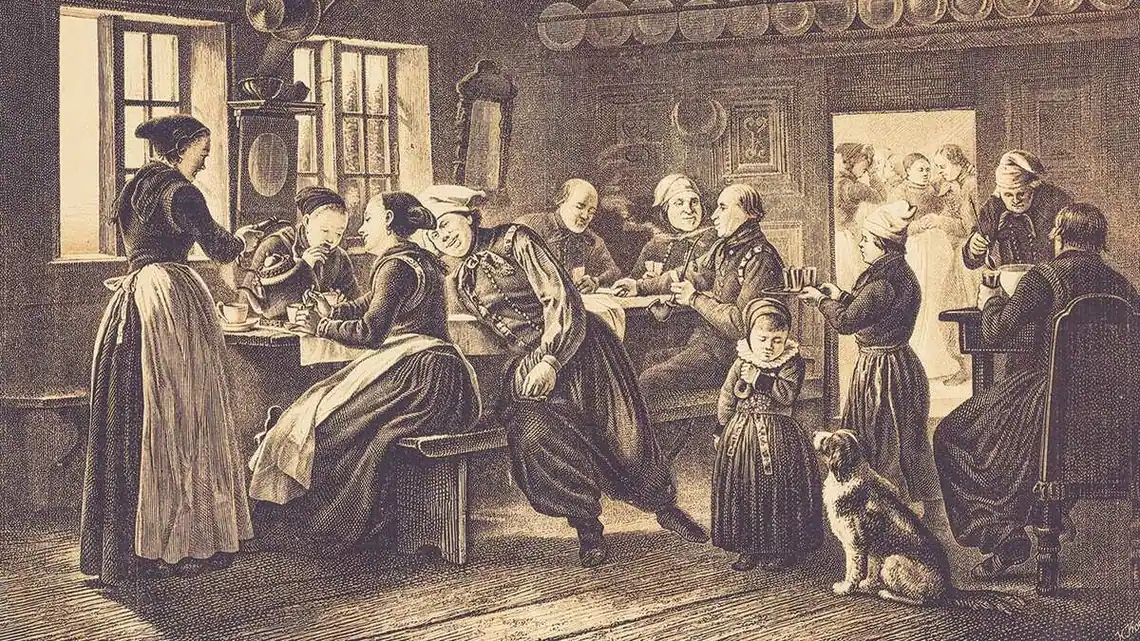
The History of Tea
Hot or iced, bagged or loose, black or green—whatever form it takes, enjoying a cup of tea is an act performed at least three billion times a day the world over. Indeed, more people drink tea than any other beverage except water.
Travelling from Asia to the West, tea has played a variety of profound roles on the world scene—as an ancient health remedy, an element of cultural practice, and source of spiritual insight. Historically it was also a catalyst for international conflicts and horrific labour conditions in various countries.
Throughout its history tea has been a prevalent theme in the visual arts—scenes of tea embellish ceramics and textiles and are the subject of paintings and drawings, and all manner of vessels have been fashioned for the preparation and presentation of tea.
Steeped in History brings together rare Chinese ceramics and paintings, 18th- and 19th-century Japanese ceramics and prints, extraordinary English and Colonial American paintings, vintage photographs and historical documents, tea-serving paraphernalia and furniture from many countries, and much more —to tell the fascinating history of tea.
China, The Cradle of Tea Culture
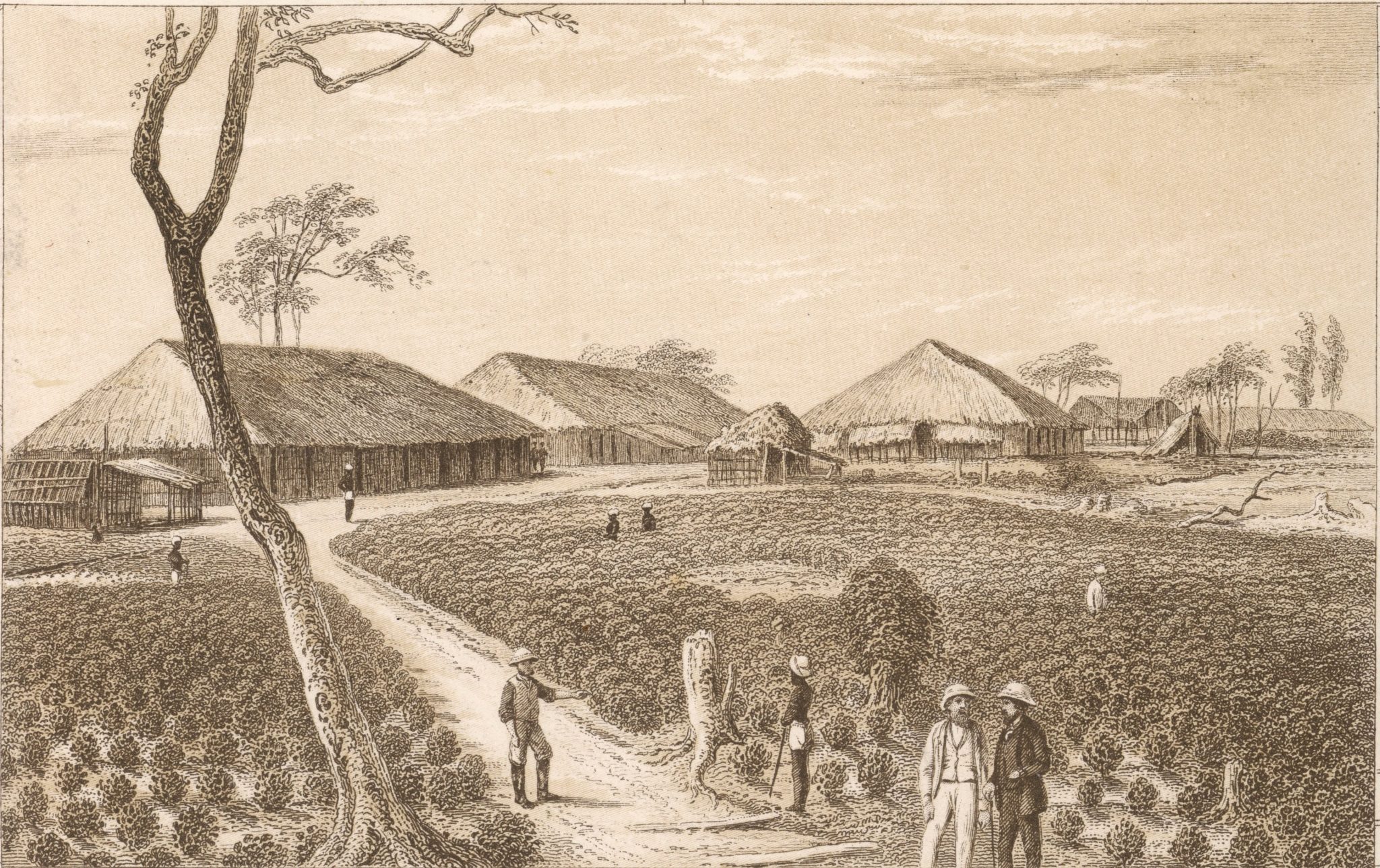
After a brief introduction to tea varieties, cultivation, and production, the exhibition considers tea's mythic origins in the hills of South China. Tea was already in use as a medicinal plant in the Zhou dynasty (1046–256 BCE).
By the time the Chajing, the first book on tea, was written in 780 BCE, tea was widely cultivated in southwestern China and had been elevated to an "elixir of immortality" in Daoism, used as imperial tribute, celebrated in poetry, enjoyed by literati, transported on camelback to the Central Asian steppes, and sold on street corners. Over the centuries, Chinese artisans created the most inventive and infinitely varied kinds of teas, and the art and material culture of tea flourished.
This section of the exhibition includes a lavishly painted portrait of Shen Nong, the legendary inventor of tea; exquisite porcelain tea bowls dating from the 8th–13th centuries; scrolls and watercolors illustrating Chinese tea trade and culture, and stereo card photographic prints depicting tea-making in Peking during the late-19th–early-20th centuries.
Tea Craze in the West
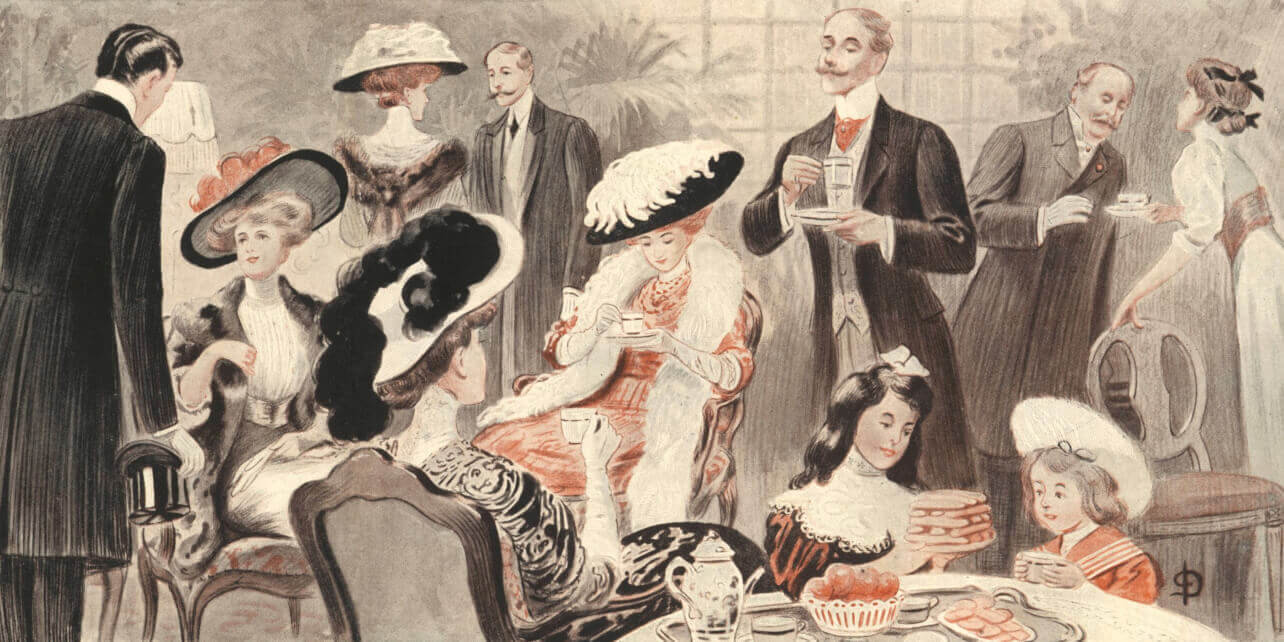
When tea first arrived in Europe in the early 17th century, it was not readily accepted. Tea drinking caught on quickly, however, in The Netherlands, where the import arrived along with Chinese and Japanese porcelain vessels for its preparation and serving.
By the mid-seventeenth century the European upper classes had fully embraced the three exotic caffeinated beverages—coffee, tea, and chocolate—and gradually these imports became more affordable and their consumption spread to the general population.
As the regimen of tea was popularized and perfected, artists and marketers strove to create the perfect tea accoutrements, and these became status symbols.
Furniture was especially designed for afternoon tea, like the elegant French tripod table featuring a tea-drinking scene, circa 1680, on display. The European porcelain industry took off after the long-held Chinese secret of porcelain making was finally understood in Germany in 1708.
The exhibition features many early English teacups, sets, and caddies, as well as works on paper and paintings that attest to the status of tea in Europe. The first tea to reach America was introduced by the Dutch, and the habit of tea drinking spread quickly among the colonies.
In order to control the profits of the tea trade, the English Parliament sought to eliminate foreign competition by passing legislation that required colonists to import their tea solely from Great Britain, which led to the colonists buying smuggled tea—at half the price of British tea. This—accompanied by a number of tax acts that collected revenues for the Crown and at the same time penalized colonists' consumption of smuggled tea—led to tea becoming forever associated with revolutionary actions, of which the Boston Tea Party is only the best known.
One of the highlights of the exhibition is the inclusion of several notable early American oil paintings showing the role of tea in colonial life, including works lent by the National Gallery of Art, the Maryland State Archive, and the Chicago Historical Society. Other works on view, such as a silver sugar urn from the Fowler collection by noted Boston patriot and silversmith Paul Revere, recall the role of tea in Revolutionary protests. A stunning array of elaborate tea vessels reveals the continuing popularity of the beverage in American culture today.
Tea and Empire
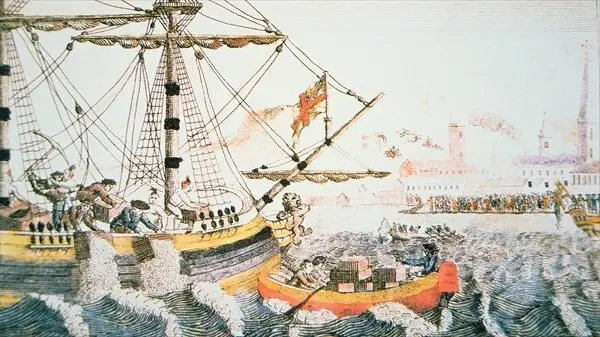
Britain's ever-increasing appetite for tea brought enormous profit to the British Crown and to the East India Company. This section of Steeped in History explores tea as a global commodity at the height of the British Empire, the development of large-scale tea plantations in northern India, and the link between tea and the Indian opium trade. Historical photographs show tea parties in Calcutta and tea production in Darjeeling, while a series of engravings depict the stages involved in processing opium.
Final works in this section reveal the ongoing dialogues about tea in relation to politics, agriculture, health, and society today. Advertisements like one from England circa 1939 proclaiming "Tea Revives You" show 20th-century notions of tea use while other works in the final section evoke contemporary concerns of the fair trade movement.